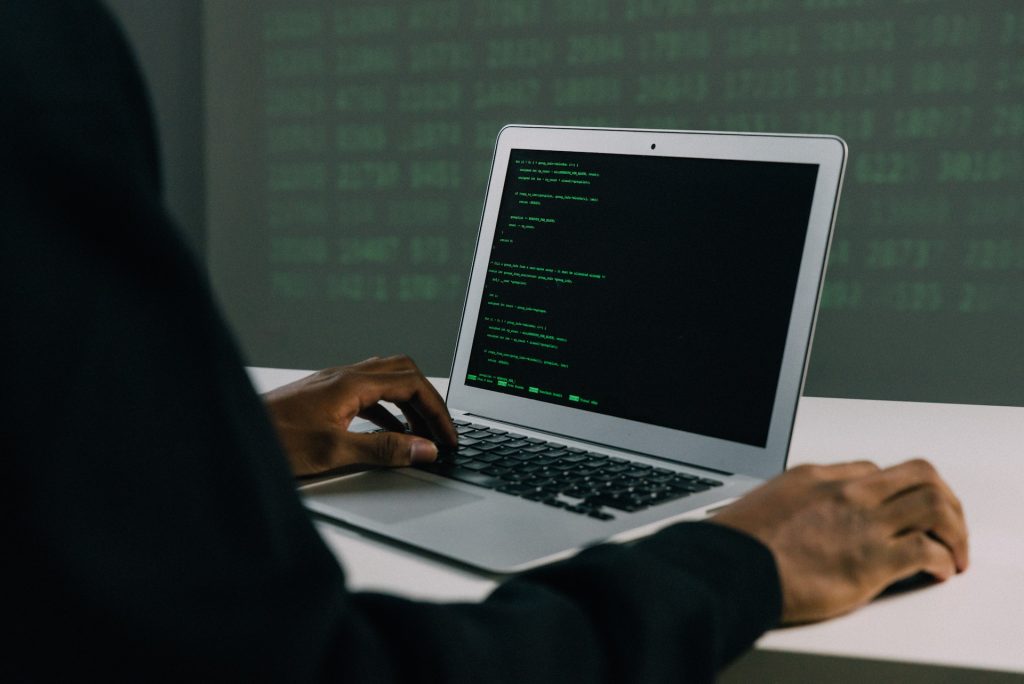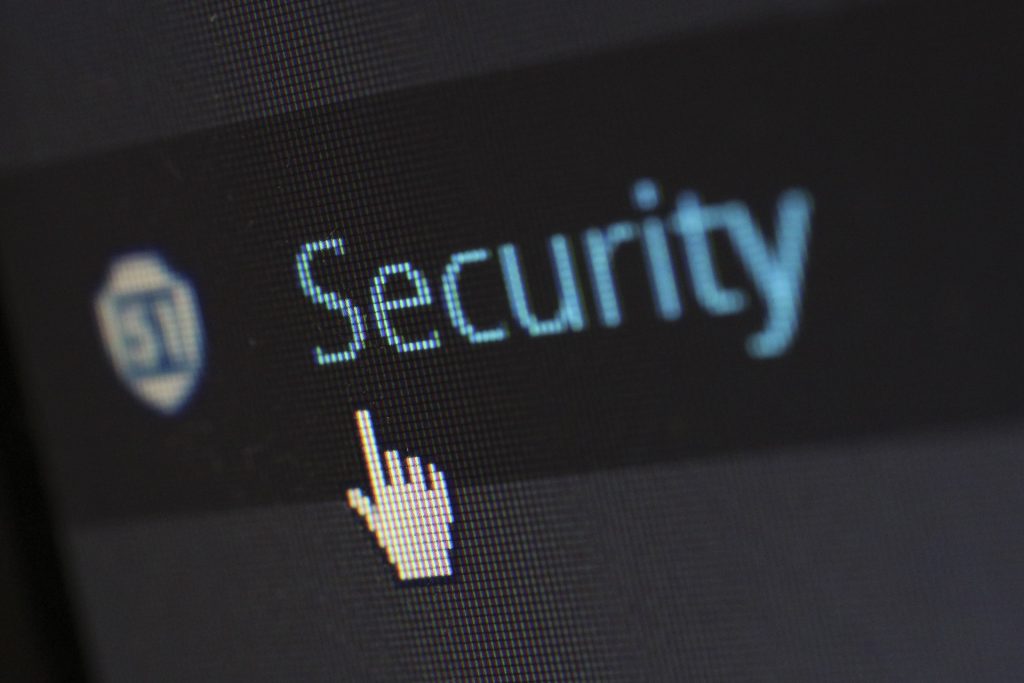In today’s digital age, Virtual Private Servers (VPS) have become an increasingly popular option for businesses to host websites and manage their online operations. A VPS is a great hosting solution, offering you numerous benefits, such as flexibility, scalability, and cost-effectiveness. However, to make it work for you as it should, you should manage it in the right way. There are lots of common mistakes that site owners make that result in the security of the website being compromised leading to the leaks of essential data, malfunctioning of the website, or contaminating it with malware. As the owner of a VPS, it is essential to understand the common mistakes that can compromise the security of your system and take necessary measures to avoid them. In this article, we will discuss the most common mistakes people make when managing their VPS and provide practical tips on how to protect VPS from cyber threats.

1. Using Weak Passwords
Probably the most common mistake that is made by people is due to their natural inclination to simplify their life, also known as laziness. Although using a too simple password and repeating it all the time can seem like a way to make things simple, at the end of the day it can on the contrary complicate everything, bringing you to the problems that you would spend much more time solving then you would invest in thinking up a reliable password – one that would make it uneasy for hackers to guess your password and gain access to your VPS. Always use a strong, unique password that includes a mix of upper and lower case letters, numbers, and special characters.
2. Not Updating Software Regularly
Another common mistake is not updating your software regularly. If you ever asked yourself, why software is actually constantly updated, one of the answers is: to fix bugs, many of which are in fact vulnerabilities that can be exploited by hackers as a breach in your system’s security. Make sure to install updates and patches as soon as they become available while trying to automize this process for all instances where it’s possible. If you don’t want to bother yourself with this routine task, find a hoster offering managed VPS so all the server management routine is solved by a trained specialist.
3. Not Using Firewalls

Another common mistake is not using firewalls. A firewall refers to a range of software and hardware solutions aimed at filtering incoming and outgoing traffic to your website. They are the first barrier that detects when something is off and fixes it without you even noticing any kind of malicious activity. Firewalls are essential for protecting your VPS from unauthorized access as well as DDoS attacks.
4. Not Backing Up Data
There is never a 100% guarantee against technical crashes of the hardware you run your website on that may result in the loss of your data, which can be catastrophic for any business. Therefore it’s crucial to have regular backups of all your important data in case of a system failure or cyberattack. Only this can guarantee the longevity of your projects.
5. Not Monitoring Server Logs
When managing a website, it’s essential to keep an eye on everything that is going on with it. Server logs are a great way to do it as they can provide valuable information about any unauthorized access attempts, suspicious traffic, or any other security issues. Regularly monitoring your server logs can help you detect and respond to security threats in a timely manner.
6. Using Default Configurations
When you get your VPS, it has a certain set of default parameters set for the sake of simplicity. However, the fact that they are set that way doesn’t mean they are the only possible and right option. On the other hand, default configurations can be a security risk because they are often well-known to hackers. Make sure to change all default configurations, including passwords and port numbers, to something unique and secure.
7. Allowing Unrestricted Access

Authorized access to your VPS is something you want less and is exactly the reason why you implement all these security measures, so it will be the most tragic scenario if you let some stranger access your VPS without your permission by accident. Therefore, you should use all possible measures to limit access to your VPS only to those who need it. Be careful when using your VPS, especially from public networks. In case you don’t have better options, use a VPN service that will encrypt your data running through the network. For further protection, use secure authentication methods, such as SSH keys, to authenticate users.
Conclusion
The security of your VPS is one of the essential priorities of managing your website. In this article, we’ve listed the most common mistakes many VPS users make that can result in unauthorized access to their VPS, the loss of important data, or a damaged website’s performance. But we hope that now these mistakes are clear to you and you exactly know how to avoid them at all costs. Good luck!



